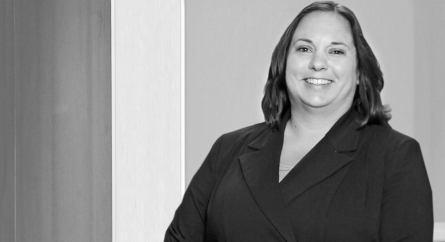Client Alert: A Checklist for Loan Forgiveness Under the Payroll Protection Program
With some necessary preparedness and a bit of luck, some U.S. small businesses were able to obtain some financial relief last week thanks to SBA loans through the Payroll Protection Program (“PPP”). For the 8 weeks beginning on the date when the loan proceeds were received, businesses should use these borrowed funds to make payroll, and pay rent (or mortgage interest) and utilities. A main attraction of this program for borrowers is forgiveness of the full principal amount of the loan and any accrued interest.
Here is a list of what you “must know” and “must do” in order to qualify for full forgiveness.
- Use the loan funds only towards (a) payroll, (b) rent (or mortgage interest) and (c) utilities. Eligible payroll costs include salary, wages, and tips, up to $100,000 of annualized pay per employee (for eight weeks, a maximum of $15,385 per individual), as well as covered benefits for employees (but not owners), including health care expenses, retirement contributions, and state taxes imposed on employee payroll paid by the employer (such as unemployment insurance premiums).
- Make sure no more than 25% of the loan proceeds is used towards rent (or mortgage) and utilities. In other words, at least 75% must be used for payroll.
- If you use the loan proceeds to pay interest on “any other debt obligations that were incurred before the covered period” (as allowed per Section 1102 of the Cares Act), such amounts are not subject to forgiveness.
- Maintain in good order all documentation to support the amount of proceeds used for payroll costs, rent (or mortgage) and utilities. Closely track payroll tax filings, canceled checks, and other payment documentation because you will need these records to support the forgiveness amount.
- During the eight (8) week coverage period, maintain the level of your full-time employee headcount without reduction. Failure to do so will reduce the amount subject to forgiveness.
- During the eight (8) week coverage period, maintain salaries and wages. Any reduction by more than 25% for any employee that made less than $100,000 annualized in 2019 will reduce the amount subject to forgiveness.
- Before June 30, 2020, restore all full-time employment and salary levels back from any reductions made between February 15, 2020 and April 26, 2020.
Requests for loan forgiveness will be made with the lender servicing the loan. Businesses should submit payroll records, IRS Form 941 and state quarterly wage unemployment insurance tax reporting forms or equivalent payroll processor records that best correspond to the covered period (with evidence of any retirement and health insurance contributions). Documentation of covered operating expenses should include evidence of business rent, business mortgage interest payments, and business utility payments during the covered period.
We expect that businesses will have questions regarding how to calculate the required reduction in forgiveness amount if certain requirements are not met because of a reduction in workforce or salary. There are other ambiguities in the language regarding forgiveness, including how to interpret the language that only “costs incurred and payments made” within the 8-week period will be forgiven. Does this mean that forgivable amounts must be paid AND incurred within the 8-week period, or does it cover both “costs incurred” and “payments made” during this time? The SBA has indicated that further guidance on forgiveness is forthcoming, and Bowditch stands ready to help our clients navigate these issues.
Should you have any questions or would like further information regarding loan forgiveness or any other aspect of the PPP, please reach out to the Bowditch COVID-19 Response Team or your primary attorney contact at the Firm.
Categorized: Client Alerts, Publications
Tagged In: coronavirus, COVID-19, small business, Payroll Protection Program, SBA Loans









